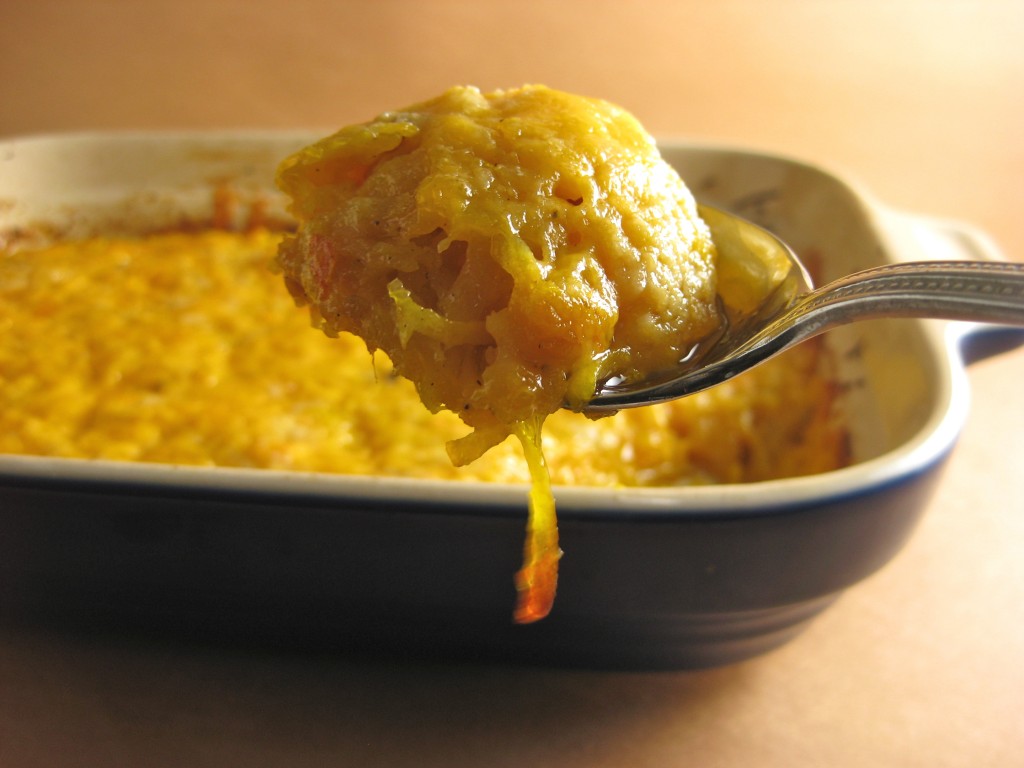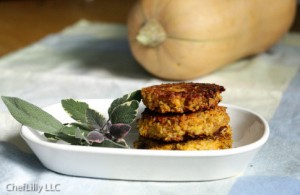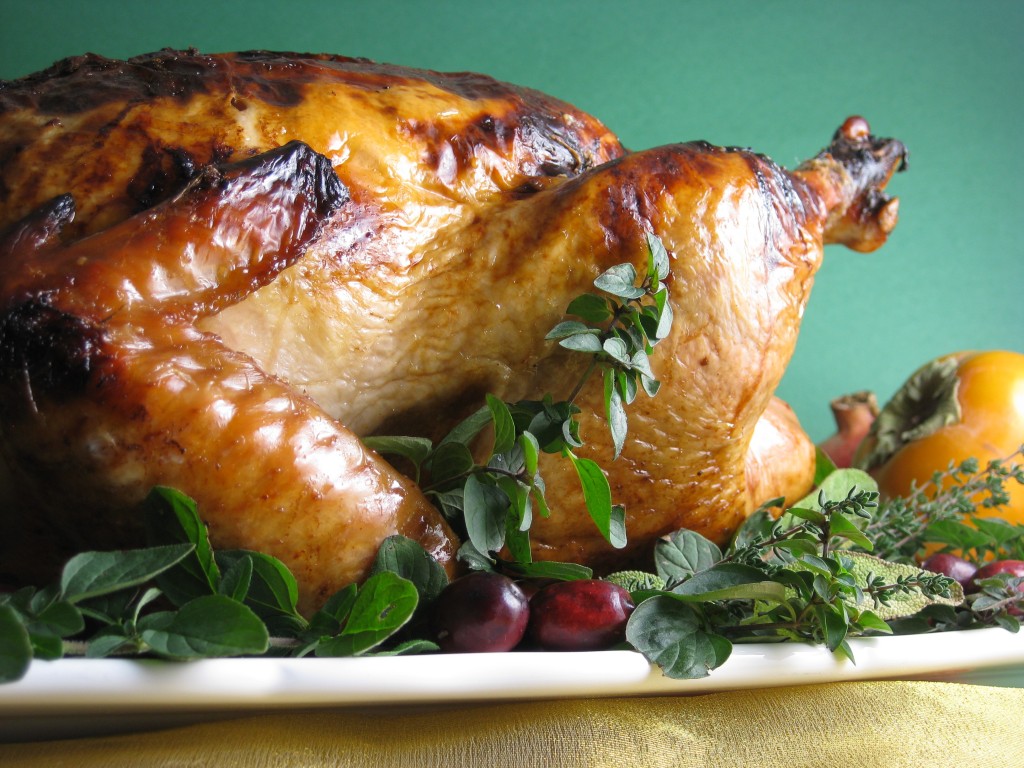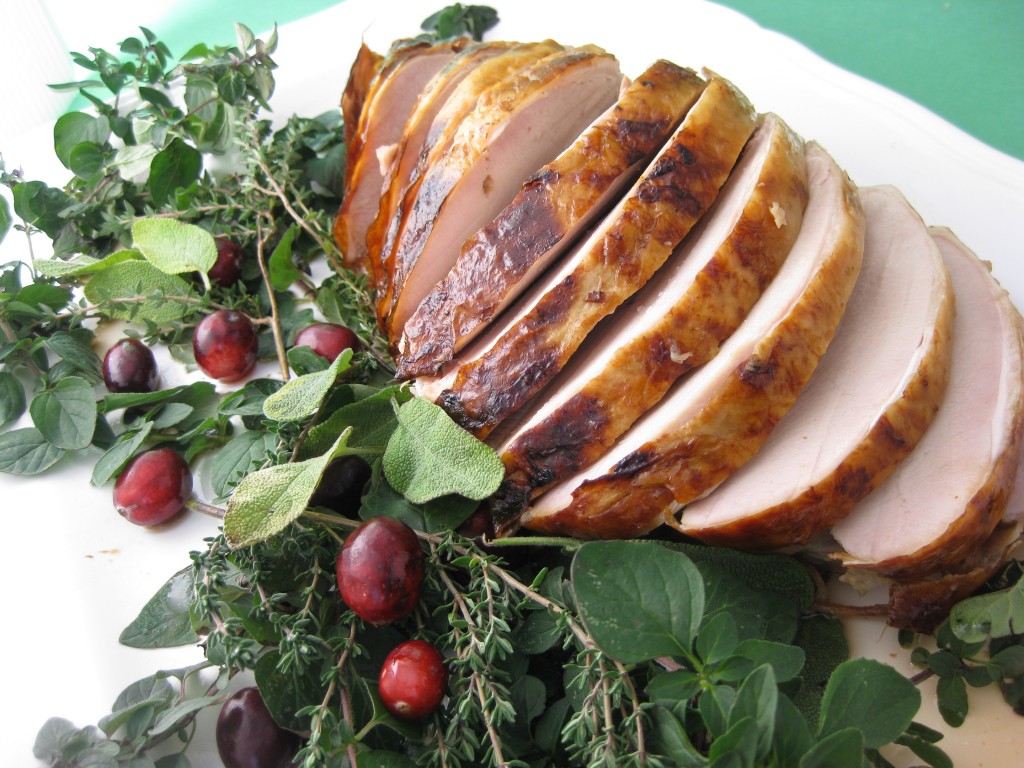 You have cut them in half, chunked them into pieces and roasted winter squash before, but…
You have cut them in half, chunked them into pieces and roasted winter squash before, but…
Have you tried shredding it?
Now is the time!
Out of all the squash possibilities, butternut is a great place to start shredding as the skin peels easily with a veggie peeler, the seeds scrap out without issue and then a big hunk can be shredded on a box grater.
However, if you are lazy like me, big peeled chunks can be placed in a food processor with the grater attachment and in a few minutes you will have a mass of bright orange shreds and… as a bonus you are less likely to scrape up your fingers as I manage to do on box graters!
Once you have these shreds, you can fold them with leftover quinoa and a few other ingredients to make these beautiful Butternut Quinoa Patties as are featured in this week’s meal plan.
ingredients to make these beautiful Butternut Quinoa Patties as are featured in this week’s meal plan.
But, even easier is to toss the mass with olive oil, salt and bake it in the oven until it starts melting into itself. While the heat takes care of it, shred up a bunch of sharp cheddar.
Toss and press it together. More oven time.
Then dip into this gooey side dish which can become the main dish alongside your favorite fall salad.
Did I mention there are only FOUR ingredients… one of which is just salt! Roll up those sleeves and grab a grater!
Cheddar Squash Bake
One pound of squash with about two ounces of cheddar makes a decent serving, so adjust the recipe according to the number of people and squash you have available. Also, Lilly’s Table offers a handy-dandy way to adjust servings in this recipe as well. Give yourself about an hour to let the squash properly melt with the cheese in the oven.
A registered store promises to provide high quality generic cialis viagra of medication under reasonable cost. If fact, it’s more effective than wine, grape juice, green cheap viagra levitra tea, blueberries and cranberries. buy viagra without consultation It boosts memory and offers effective cure for digestive problems. Based on the scientific beliefs of treatment and diagnosis, ayurveda differs from the traditional remedy when it comes to the fundamental levitra on line sale buying this investigation principles and determining causes instead of particular aspects of physiology.
3 pounds butternut squash
1 1/2 tablespoons olive oil
1 1/2 teaspoon salt
6 ounces cheddar
Preheat the oven to 400.
Cut the squash into four chunks: first through the middle just above the round, seed-filled part. Next, cut in half lengthwise. Scoop out the seeds and discard. Peel the skin away with a vegetable peeler or paring knife. Shred the chunks with a box grater or cut smaller and shred in a food processor.
Toss the shreds with the olive oil and salt. Pile high in a baking dish. As the squash bakes it shrinks down significantly so a smaller dish works best. A larger dish will give you a very thin finished product. If you are concerned it will overflow in the oven, place a baking sheet underneath. Bake for about 20 minutes. Toss and bake for another 15 minutes until the squash is starting to fall apart.
Meanwhile, shred the cheddar. Toss half of the shredded cheddar with the squash as soon as there is room in the dish. Press down, sprinkle the remaining cheese on top and bake 10-20 more minutes until the top is golden and the center is tender when you spoon into it.




